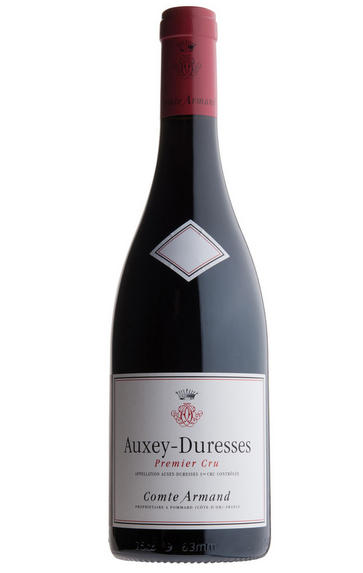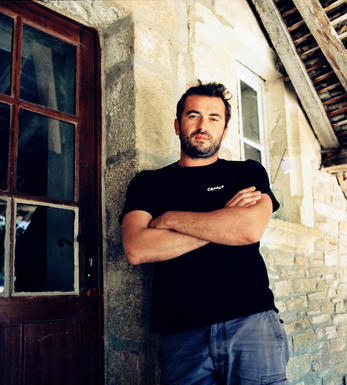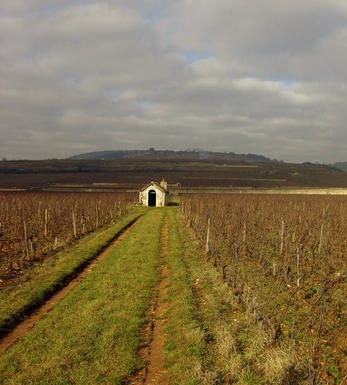
2015 Auxey-Duresses, 1er Cru, Comte Armand, Burgundy

Critics reviews
Alan Meadows - Burghound - Apr-2017
Neal Martin - 28/12/2016
Jancis Robinson - Jan-2017
William Kelley - Decanter
Stephen Tanzer - Jan-2018
About this WINE

Domaine Comte Armand
Owned by the family of the Comte Armand since 1825, Clos des Epeneaux is among Pommard’s most revered vineyards. Post-phylloxera, it wasn’t replanted until 1930. Further vineyards were acquired in ’94: Auxey-Duresses, Auxey-Duresses Premier Cru, Volnay and Volnay’s Frémiets.
The modern era effectively began with Pascal Marchand, who was succeeded as winemaker by Benjamin Leroux. When Ben left in 2014 to focus on his own business, Paul Zinetti took the reins.

Auxey-Duresses
A small village in a side valley off the Côte de Beaune, with a slightly cooler local climate making for a more austere style of Burgundy. Nonetheless this can be an excellent source of relatively inexpensive wine in warmer years, or from top producers. At the moment production is about 75:25 red to white. The reds can age well, while the whites can have a most attractive minerality.
- 138 hectares of village Auxey-Duresses
- 32 hectares of Premier Cru vineyards (nine in all), the best being Les Duresses
- Recommended producers: Comte Armand (red), Fichet (white)

Pinot Noir
Pinot Noir is probably the most frustrating, and at times infuriating, wine grape in the world. However when it is successful, it can produce some of the most sublime wines known to man. This thin-skinned grape which grows in small, tight bunches performs well on well-drained, deepish limestone based subsoils as are found on Burgundy's Côte d'Or.
Pinot Noir is more susceptible than other varieties to over cropping - concentration and varietal character disappear rapidly if yields are excessive and yields as little as 25hl/ha are the norm for some climats of the Côte d`Or.
Because of the thinness of the skins, Pinot Noir wines are lighter in colour, body and tannins. However the best wines have grip, complexity and an intensity of fruit seldom found in wine from other grapes. Young Pinot Noir can smell almost sweet, redolent with freshly crushed raspberries, cherries and redcurrants. When mature, the best wines develop a sensuous, silky mouth feel with the fruit flavours deepening and gamey "sous-bois" nuances emerging.
The best examples are still found in Burgundy, although Pinot Noir`s key role in Champagne should not be forgotten. It is grown throughout the world with notable success in the Carneros and Russian River Valley districts of California, and the Martinborough and Central Otago regions of New Zealand.


Buying options
Add to wishlist
Description
Ripe purple, with a dense concentration of dark cherry fruit, there is something a touch firmer behind, with more structure, as befits a Premier Cru. The bones are covered by delicious, unctuous fruit. This is a wine with great persistence. Drink 2020-2028.
Jasper Morris MW, Wine Buyer
Paul Zinetti’s second harvest at the domaine has at least given him a few more grapes to play with than 2014 and fruit of exceptional quality. Nonetheless 2015 was once again a very short crop because of the previous hail damage, delivering just one third of what used to be normal. The grapes were mostly de-stemmed, although some whole bunches were used, but always a minority.
wine at a glance
Delivery and quality guarantee